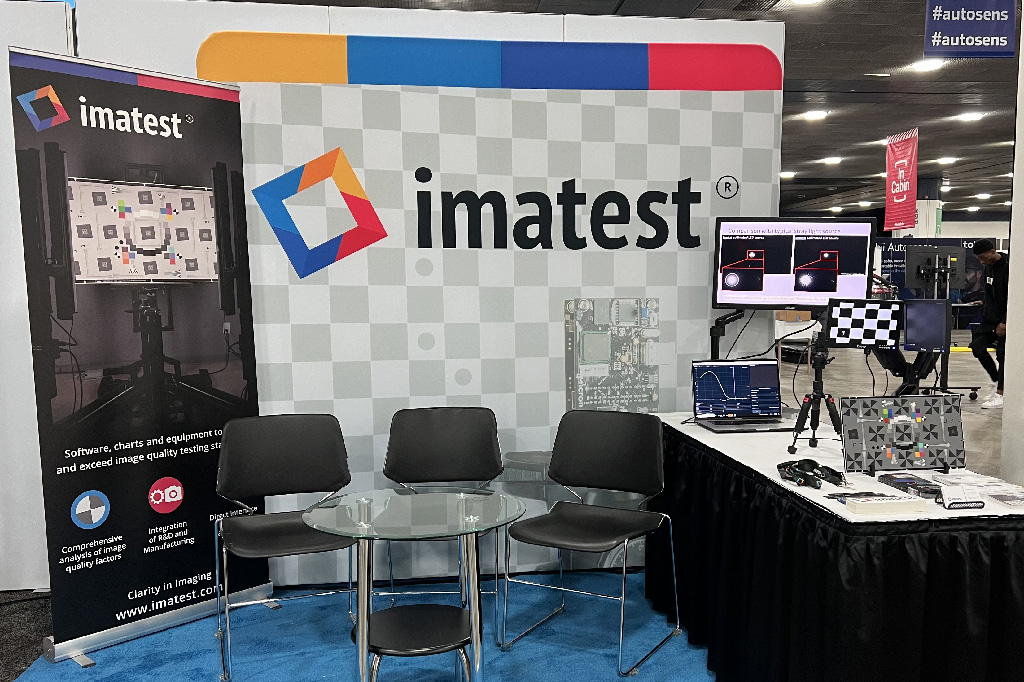
Leader SFR-Fit MTF Measurement Software
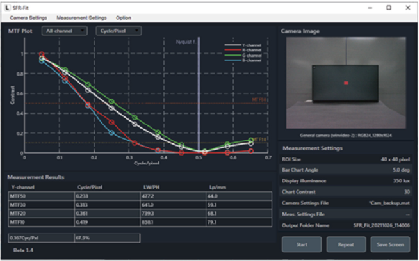
SFR-Fit is camera resolution measurement software that measures MTF (Modulation Transfer Function). MTF indicates spatial frequency characteristics using multiple distortion and uniformity-corrected sine patterns that can be presented across one or more displays.
Conventional MTF measurement methods can have issues with black box camera systems that prevent the acquisition of the RAW or minimally processed image. If these systems have sharpening enabled, slanted edges can overstate MTF, especially at high frequencies.
The SFR-Fit measurement system can produce highly accurate measurements of automotive cameras is compatible with ultra-wide-angle lenses.
You can watch all the Imatest presentations at AutoSens USA 2024, and many many more by purchasing an AutoSens On-Demand Pass
Imatest AutoSens Talks

Jonathan Phillips
VP Imaging Science
Camera Image Quality for ADAS – How Good is Good Enough?
Tuesday May 21st, 2-5pm
This tutorial will provide a detailed understanding of the camera image quality standards and metrics that relate to ADAS (Advanced Driver Assistance Systems). The content will cover key image quality factors (e.g., sharpness, noise, distortion, and color) and the metrics that provide quantification of these factors (e.g., spatial frequency response, temporal noise, camera projection model, and color error), Discussion will include how to determine if key performance indicators (KPIs) are being met and how to relate these to camera system performance. Metrics will include those from the IEEE P2020 standard, ISO TC42 Photography standards, and novel image information metrics that relate to machine vision and object recognition.

Norman Koren
Founder / CTO
Keynote – New camera quality measurements for optimizing Machine Vision systems
Wednesday May 22nd, 10am
We describe information capacity measurements, which can be derived from slanted edge, Siemens star, and dead leaves images (focusing on slanted edges), and why they should be used to qualify cameras for machine vision systems.
Then we describe two key metrics, closely related to information capacity, that are superior to standard sharpness (MTF or SFR) and noise measurements for characterizing camera performance.
- object detection (SNRi), and
- object location (closely related to edge detection).
We also discuss several topics related to information metrics, including
- the effects of image processing (raw, minimal, uniform, nonuniform processing)
- how to design electronic filters, called matched filters, for optimizing the key metrics,
- why excessive sharpening (which may look good for human vision) can be harmful for machine vision,
- an approach to measuring information capacity for contrast-limited patterns (typically 4:1 or 60% Michelson contrast) over a wide range of exposures, down to dim light.
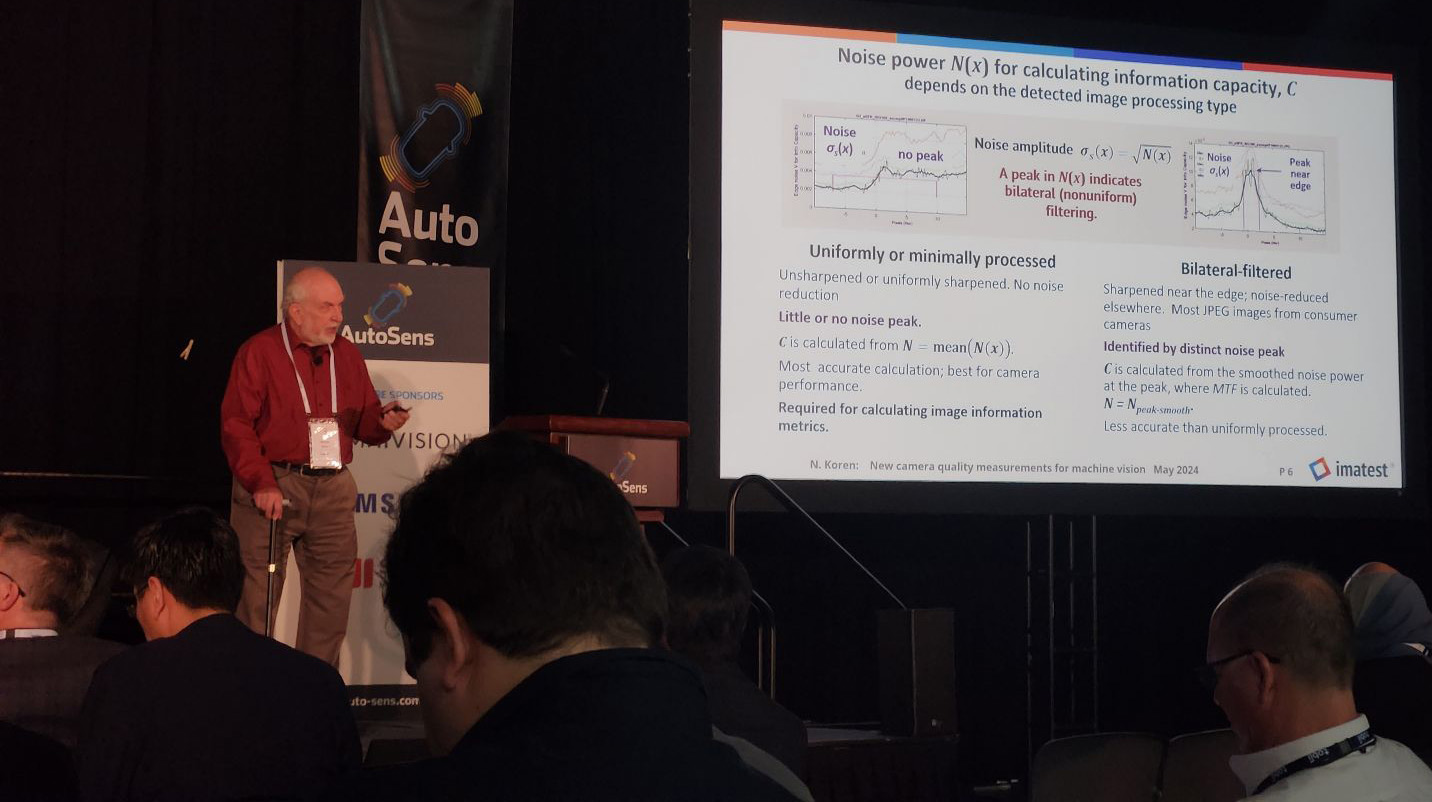

Paul Romanczyk
Senior Imaging Scientist
Why stray light (flare) is an issue for automotive cameras
Thursday May 23rd, 11am
The push toward autonomous driving is leading to the inclusion of camera systems in cars. The variability of scene content in automotive requires that these cameras be usable across a large dynamic range. Image artifacts and degradations caused by stray light limit the performance of the camera systems.
Stray-light-induced degradation of image quality will adversely affect both the machine learning/computer vision (ML/CV) algorithmic performance and the human perception of the image. This talk will briefly cover testing methodologies under development for quantifying a camera system’s stray-light performance.
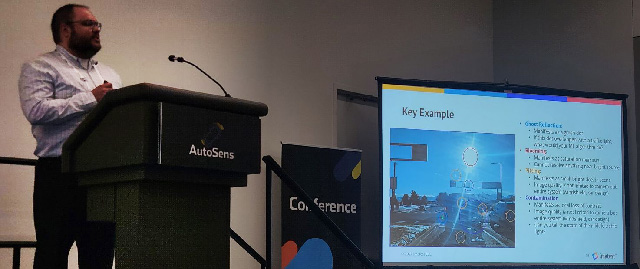

Sarah Kerr
Imaging Scientist
Panel discussion: Standards for Automotive Safety: the crucial role of IEEE P2020 Automotive Image Quality Working Group.
Weds May 22nd, 5.30 – 6.15pm
Join us for a compelling panel discussion highlighting the pivotal role of the IEEE P2020 Automotive Image Quality Working Group. As the ADAS/AV landscape evolves, the IEEE P2020 Standards have emerged as a linchpin, establishing vital guidelines and benchmarks to enhance vehicle safety by ensuring reliability and consistency of the imaging systems. Robust standards are paramount for automotive imaging technologies; this panel will outline how the efforts of the working group members have contributed to consistency and reliability in automotive imaging, from addressing image processing challenges to ensuring cross-system compatibility.
Gain profound insights into the crucial role these standards play in advancing the technological framework, elevating safety and efficacy, and shaping the future of autonomous driving through standardized and reliable automotive imaging technologies.
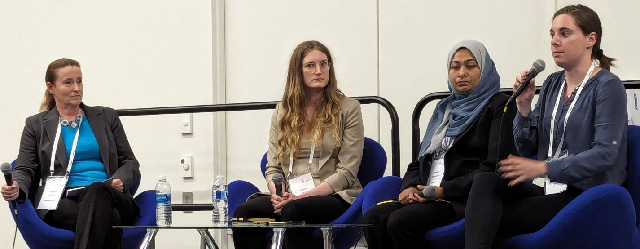
You can watch all the Imatest presentations and many many more by purchasing an AutoSens USA On-Demand Pass
Virtually visit our last booth at Autosens Brussles 2023

